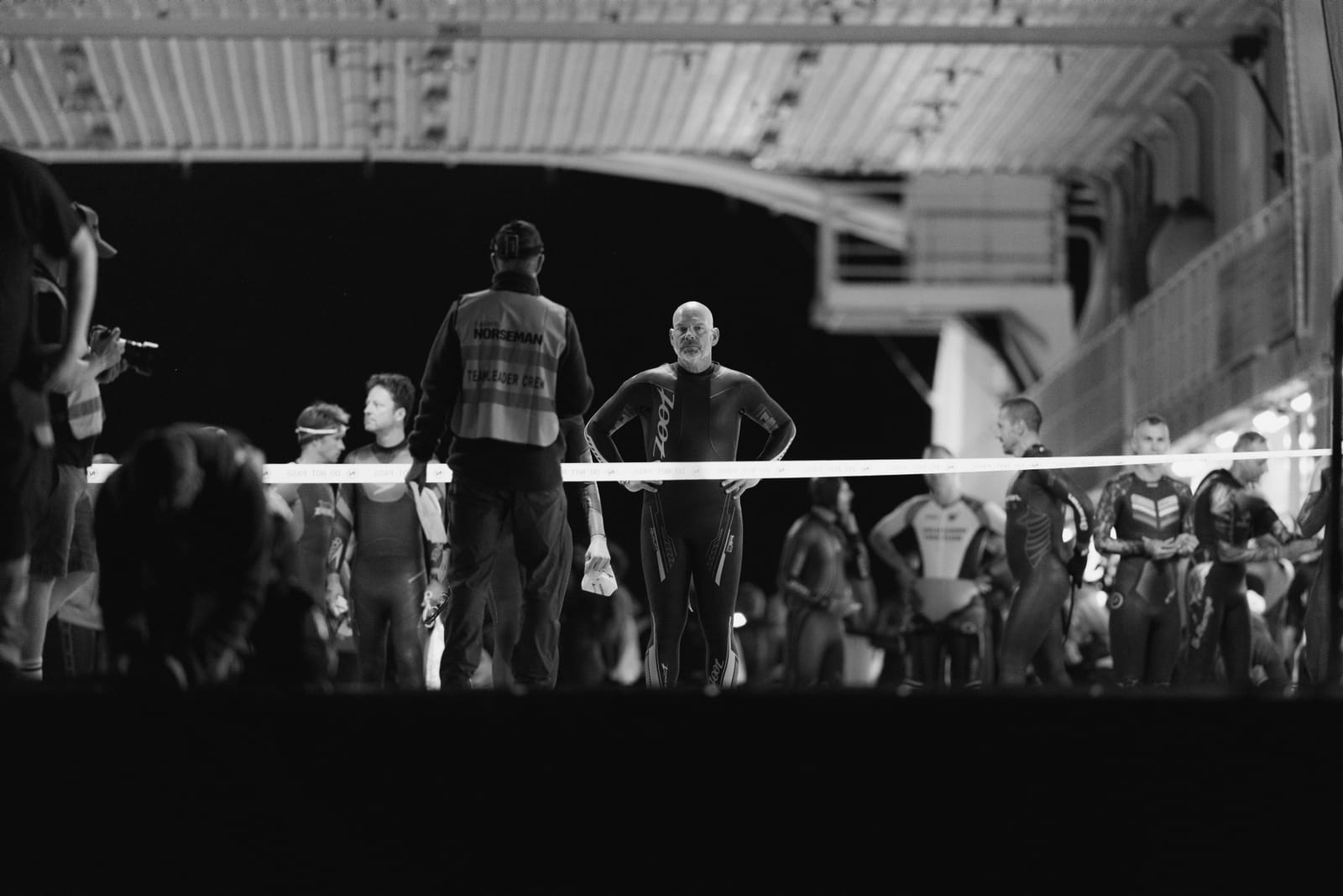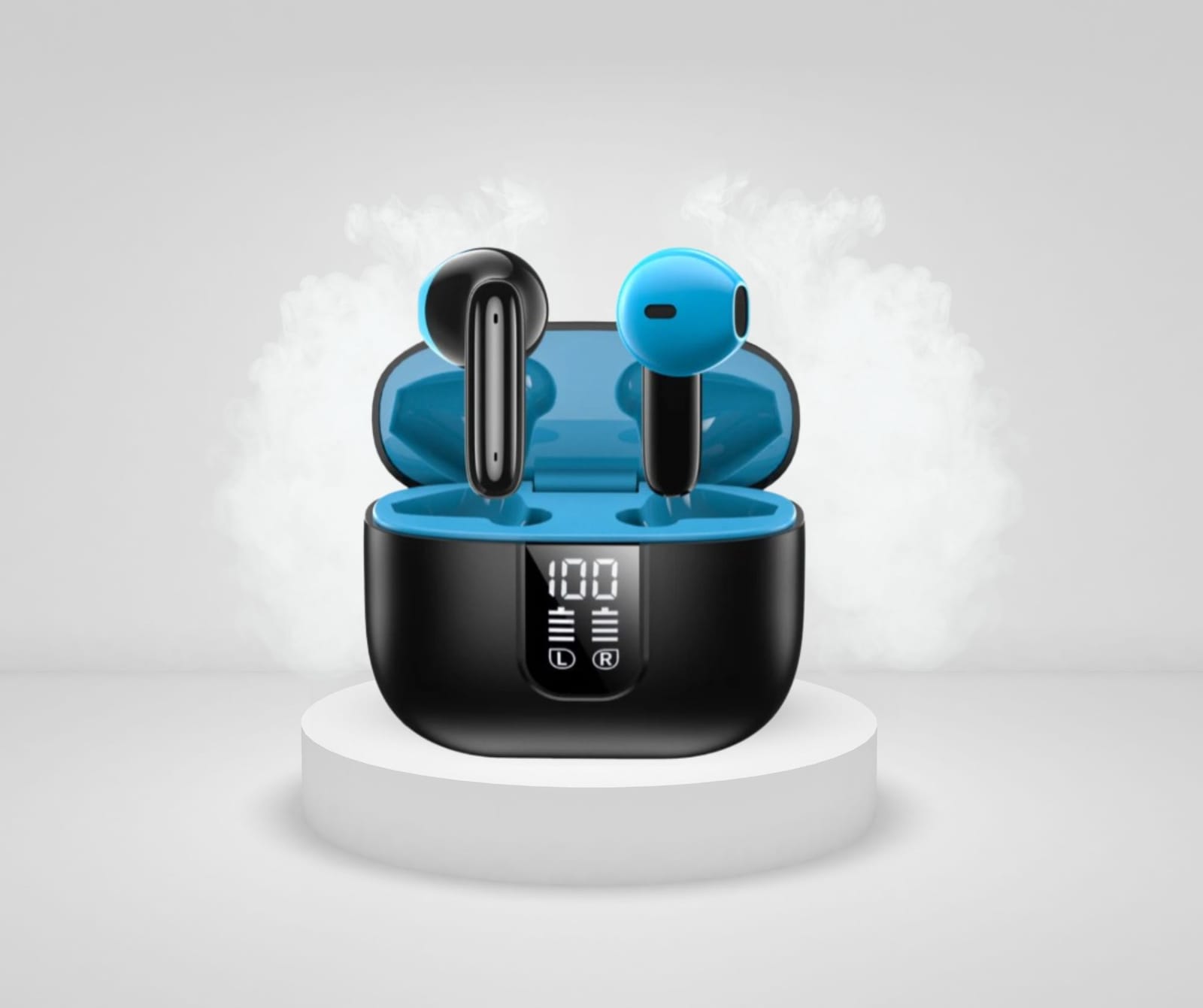Imagine trying to hit a ball with a flexible bat, you lose energy and have to put in more effort compared to a rigid bat for the same result. If you use a rigid bat you can transfer more energy to the ball and it travels further.
Your foot is a flexible system with an inbuilt arch and foot angulation that designed to absorb and return energy specifically for efficiency and reduced injury mechanics.
Cycling is a forefoot activity, so the benefits of the arch and foot angulation are not as effective at power transfer compared to running and walking. During cycling your foot collapses, absorbing the very energy your cycling shoe is designed to transfer. The solution has been the use of snug fitting rigid soled cycling shoes that allow more force transfer to the pedals and while they make some improvement, they don’t address the fact that your foot is flexible and needs to be tuned to the shoe.
There are three things you need to do to make your foot effective at power transfer. Even if you don’t suffer from pain or discomfort you will still need to address the following to maximise your power.
1. Correct varus forefoot angulation
The forefoot has a varus angulation which means the big toe is aligned a little higher than the little toe. This is a great design for walking and running; however when riding a bike the varus angulation causes the foot to collapse and creating a rotational movement of the knee, shin and foot which reduces efficiency of power transfer and often increases knee pressure and strain. Varus angulation varies from rider to rider and many have asymmetrical varus angulation, which need to be corrected evenly.
2. Separate and lift metatarsal heads
The long bones of forefoot known as metatarsals are pushed together in a rigid and snug fitting cycling shoe as the foot absorbs energy and collapses. This causes a compression of the nerve and artery between the bones and results in what is known as hotfoot, a condition that causes, pain, discomfort and numbness.
The metatarsal bones need to be lifted and supported. By lifting and supporting the metatarsal heads, pressure is relieved from the artery and nerves in between the long bones preventing the typical discomfort experienced in the feet by many people, particularly when under race loads.
3. Longitudinal arch support
The arch of the foot runs lengthways and is designed to absorb shock effectively. During cycling, the longitudinal arch deforms robbing power from reaching the cycle shoe and being transferred to the pedals which hinders pedal stroke and efficiency.
To maximise your pedal efficiency you need to support your longitudinal arch. Correctly supporting your arch is similar to correcting varus angulation and prevents the foot from deforming and losing energy throughout the pedal stroke. The degree of arch support required is directly relative to the height of your arch.
Up until recently, there was not a simple solution that effectively enabled the feet to be supported correctly. Solutions have been ineffective because they focused the shoe, external shoe wedges or a walking/running based orthotics individually rather than as a tuneable system. The best solution is the one which enables the shoe to be tuned to the specific requirements of the feet.
Body Geometry Solution
Thanks to the team at Specialized and the development work of Dr Andy Pruitt from the Boulder Centre for Sports Medicine, there is a simple solution called the BG High Performance footbed. BG Footbeds are available in three levels of arch support (low, medium and high arch) and ideally you should have your arch measured for the correct set. All footbeds come with an inbuilt metatarsal support and have a multiple sets of internal forefoot wedges to achieve correct hip/knee/ankle alignment.
With such a simple and effective system available, it’s little wonder that BG Footbeds were used by many of the worlds best athletes in 2010 including Chris McCormack, the Schleck brothers, Fabian Cancellara and numerous other Specialized athletes. In addition the Specialized BG Fit system offers systematic approach to fitting and a complete range of BG products that are ergonomically designed and medically tested.
The best result is of course to correct the feet biomechanics and ensure correct hip, knee and foot alignment is attained. While correction is good, over correction can cause other alignment problems so seek some professional advice.






